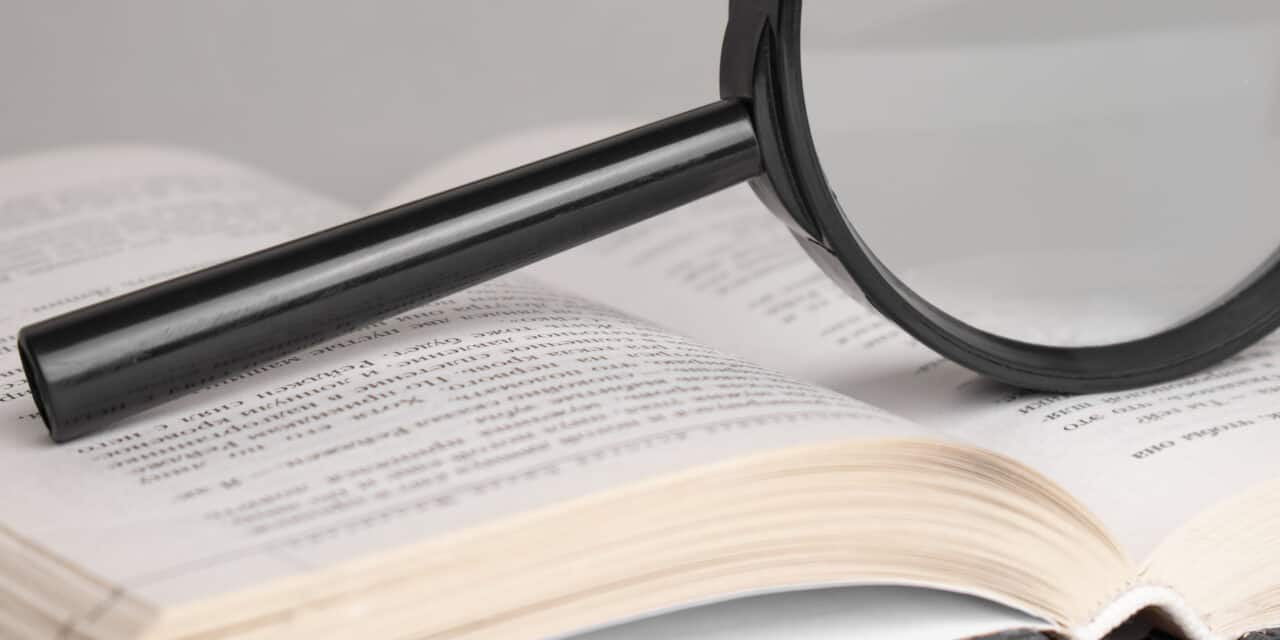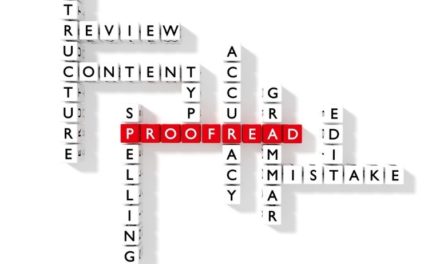The origins of proofreading and copyediting are steeped in history, initially with the 15th-century invention of the printing press and then the development of the global publishing industry and its industrial production processes. Both jobs have continued to evolve over time and to the present day still play a critical role in ensuring manuscripts and all types of writing are error-free and good enough for publication in print or online.
Copyediting and proofreading entail distinct tasks and responsibilities. Although many non-publishers often consider the terms interchangeable, both areas continue to add value to written content in a broad range of fields like advertising, media communications and journalism. Publishing houses also still value the respective skillsets involved in both roles, viewing them as a requirement for anyone to get involved in publishing.
Pre-printing press, monasteries were the chief producers of printed material, and proofreaders or ‘copyists’ were responsible for changing any text written by ‘scribes’ that did not align with the official church canon.
With the rise of global publishing in later centuries, separate proofreader and copyeditor roles arose to meet the need for more specialised correction skills at different stages of the publishing process. In terms of division of tasks in contemporary publishing, although the managing editor has chief responsibility for the editorial process, copyeditors may work closely with and be responsible for a team of in-house or freelance proofreaders. Although both roles also use similar methods for checking and marking text, their outputs differ considerably, as does the timing of when work is completed.
Copyediting can be done at three levels: light, medium and heavy. In all cases, instead of making direct corrections, a copyeditor generally focuses on aligning text with a house style, ensures content is internally consistent and makes suggestions or leaves queries for the chief editor or author. Typically, copyediting occurs after comprehensive structural editing but before the final proofreading stage. Overall, the principal objective of the copyeditor is to work with a writer to ensure their ideas are communicated as clearly as possible using the author’s preferred language and expression.
Publishers generally consider proofreading to be a more simplified editing and quality control process. In terms of publishing, the Oxford English Dictionary defines the word ‘proof’ as both a test and a sample impression taken from an engraved type plate or film, which is then corrected before printing. The latter meaning originates from a time when printers prepared a document for printing by arranging lead type into galleys then testing a galley proof to check how the manuscript would look to readers. Thus, proofreading arose from reading printed evidence of a manuscript’s final appearance before committing to mass publication.
As part of the final evaluation process, the proofreader looks at the original edited copy and compares it to the proof to check that there are no missing elements, sections or pages. They will also read to find spelling and grammatical errors and check the formatting, punctuation, and syntax. If they note any significant errors in a manuscript, the proof may be returned to the copyeditor for further work.
Copyeditors and proofreaders share common proofreading symbols when checking hard copies or proofs. However, both levels of editing apply the marks differently. As copyediting occurs before the final formatting of a manuscript, the text is usually double-spaced, meaning all copyediting marks are placed within the text. On the other hand, proofreaders typically work with documents in their final format when the text is single-spaced and use insertions only in the text and write marks in the margins.
When working with electronic files, although the tools are different, proofreading and copyediting of onscreen documents require the same editorial skillsets as required for hard copy content. The completion of editorial tasks is also completed at similar stages in the production process.
Many self-publishing authors, academics, students, and businesses prefer onscreen proofreading; however, many large-scale publishers also want proofreaders who can use traditional proof-correction symbols. Therefore, when learning to proofread, it makes sense to be familiar with both modes of working. A broad skillset improves a proofreader’s marketability to a wide range of potential clients with different publishing needs.
Although there are similarities between the proofreading/copyediting symbols used internationally, there are regional variations. The NZIBS Proofreading and Editing course refers to common proofreading marks developed by the Style manual for authors, editors and printers, 6th edition, used by the publishing industry on both sides of the Tasman.
Want to get paid to find spelling misteaks?
Did you spot it? Do spelling “misteaks” jump off the page at you? Train to become a professional proofreader. Create new career opportunities. Study from home, at your own pace. Learn from industry experts.










